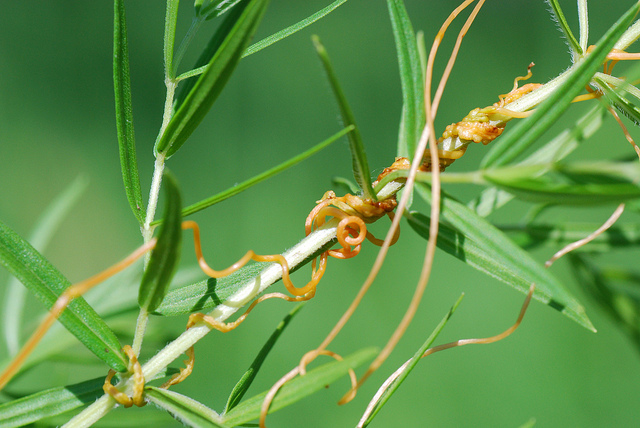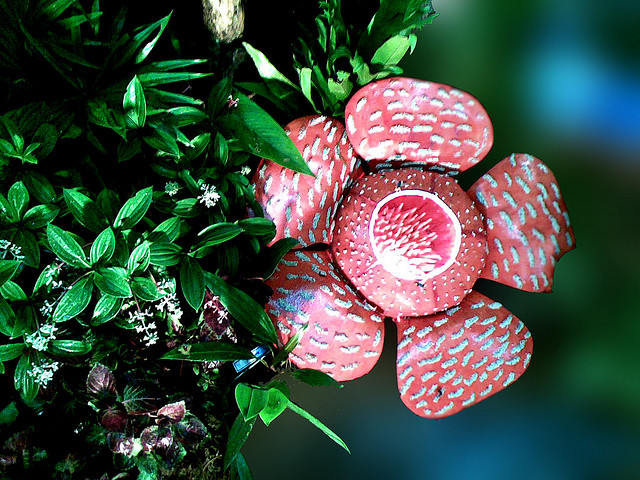Are you familiar with the word parasite? A parasite is an organism that lives inside another organism called host. It takes its energy and nutrients from the host making the host weak and itself strong. Well that is not very nice, but it is true. Can plants be lazy and do that? Are there any bad plants which are parasites?
We consider all plants to be really good and helpful. But some plants can be a little mean. They can grow on other plants and trees to gain their strength, and weakening the host. They are called parasitic plants.
There are different types of parasitic plants –
“Can I borrow your water mister because I can cook my own food? “
Partial Parasites are plants that just steal the water from other plants and have the capability of making their own food via photosynthesis as they have chlorophyll. One example of this kind of parasite is mistletoe. Surprised? I was. This plant is given so much importance in the holiday of Christmas; little do we realize that it is a thief. Its scientific name Phoradendron means “thief of a tree” in Greek. It sinks its roots into a host tree and pulls out nutrients and water from the tree to complete its own photosynthesis.

“I come in peace, just need a little of your food and water”
Total Parasites are the plants that get attached to any unfortunate host that is near. They are not choosy. They wrap themselves around their host and put their suckers in the stem and branches of the host tree. They grow fast, and their demands on the food become greater than what it was when they started. Finally, the host itself dies and dodder moves to find another host. No wonder these are called by the names such as hell weed or devils guts.

Some total parasites are just flowers with no leaves, or stems or roots. Rafflesia cantleyi is one such example. It is as bad smelling as its bad deeds. It smells like rotten flesh and is also known as a corpse flower. This smell attracts the flies which pollinates the plant. This huge rubbery flower can be bigger than 3 ft, and of course steals everything from the host, Tetrastigma rafflesiae. It is attached with its host with some threads. What is extremely interesting about this flower is that apart from stealing the nutrition it also stole some of the genes of the host tree. We still do not know how it happened, but this parasite excelled in stealing didn’t it?
Did you know that some parasites can make home in your body?
Parasitic worms can get very comfortable in your bodies.





Leave a Reply